
| Product Name: |
Lactobionic acid |
| Synonyms: |
4-O-BETA-D-GALACTOPYRANOSYL-D-GLUCONIC ACID;LACTOBIONIC ACID;4-O-β-D-Galactopyranosyl-D-gluconic acid;LACTOBIONIC ACID FREE ACID;LACTOBIONIC ACID 97%;4-[β-D-Galactosido]-D-gluconic acid;Lactobionic Acid (mixture of Acid form and Lactone form);D-Gluconic acid, 4-O-.beta.-D-galactopyranosyl- |
| CAS: |
96-82-2 |
| MF: |
C12H22O12 |
| MW: |
358.3 |
| EINECS: |
202-538-3 |
| Product Categories: |
Biochemistry;Disaccharides;Sugar Acids;Sugars;96-82-2 |
| Mol File: |
96-82-2.mol |
 |
| |
| Lactobionic acid Chemical Properties |
| Melting point |
113-118 °C(lit.) |
| alpha |
22.8 º (c=10, H2O) |
| Boiling point |
410.75°C (rough estimate) |
| density |
1.4662 (rough estimate) |
| refractive index |
26 ° (C=8.8, H2O) |
| storage temp. |
Inert atmosphere,Room Temperature |
| solubility |
10 g/100 mL |
| pka |
3.28±0.35(Predicted) |
| form |
Powder |
| color |
White to Off-white |
| optical activity |
[α]20/D +25°, c = 10 in H2O |
| biological source |
synthetic |
| Water Solubility |
10 g/100 mL |
| Merck |
5342 |
| BRN |
95054 |
| LogP |
-3.848 (est) |
| CAS DataBase Reference |
96-82-2(CAS DataBase Reference) |
Overview of Our Factories

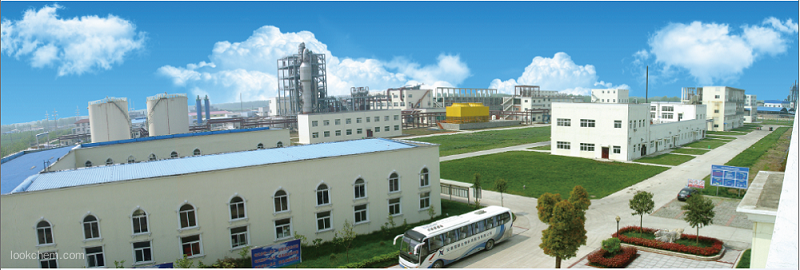
Our Factories production lines
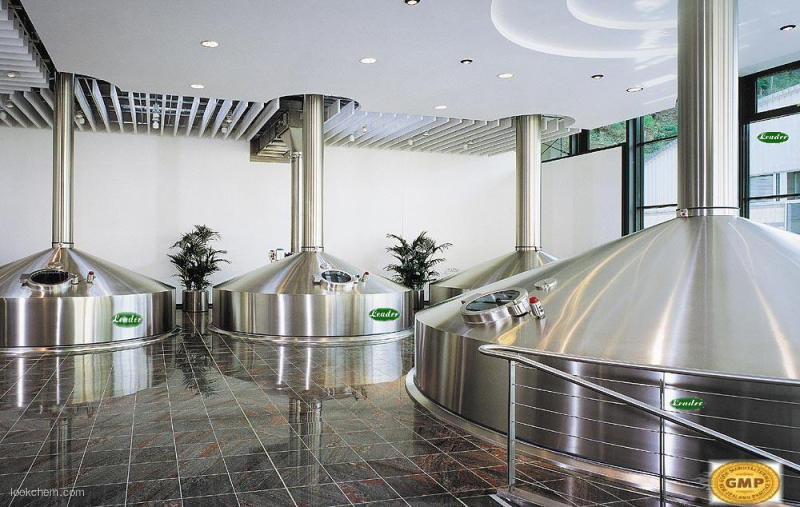

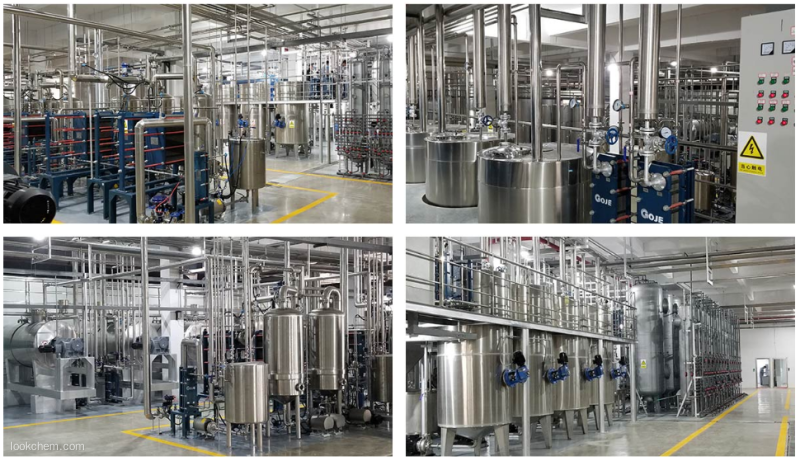
Our Factories R&D ability

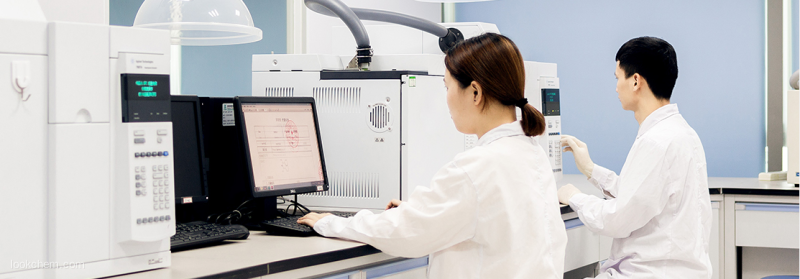
Our Factories warehouse
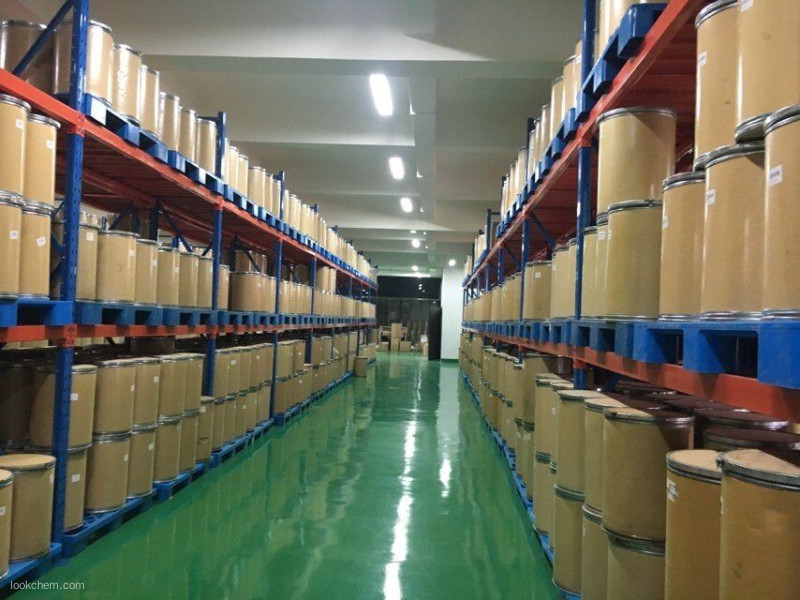

Our Factories glory
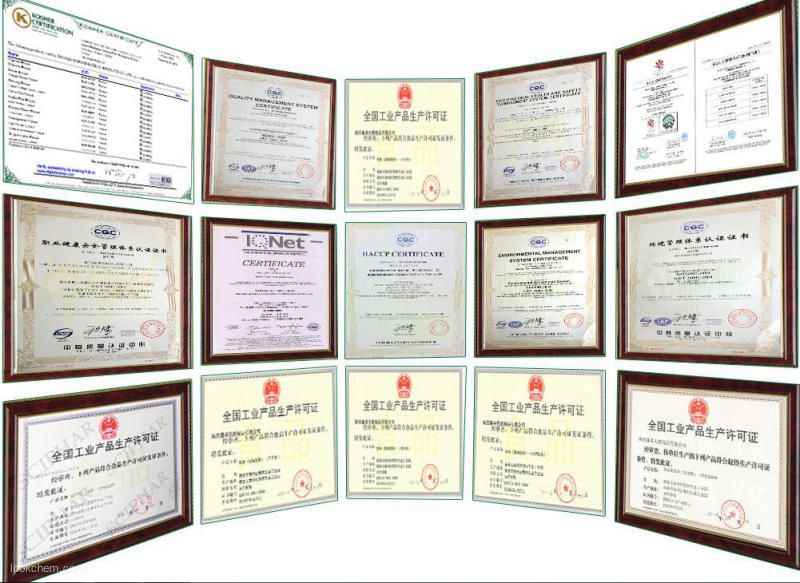
Group profiles
Leader Biochemical Group is a large leader incorporated industry manufacturers and suppliers of advanced refined raw materials From the year of 1996 when our factory was put into production to year of 2020, our group has successively invested in more than 52 factories with shares and subordinates.We focus on manufacture Pharm & chemicals, functional active ingredients, nutritional Ingredients, health care products, cosmetics, pharmaceutical and refined feed, oil, natural plant ingredients industries to provide top quality of GMP standards products.All the invested factories' product lines cover API and intermediates, vitamins, amino acids, plant extracts, daily chemical products, cosmetics raw materials, nutrition and health care products, food additives, feed additives, essential oil products, fine chemical products and agricultural chemical raw materials And flavors and fragrances. Especially in the field of vitamins, amino acids, pharmaceutical raw materials and cosmetic raw materials, we have more than 20 years of production and sales experience. All products meet the requirements of high international export standards and have been recognized by customers all over the world. Our manufacture basement & R&D center located in National Aerospace Economic & Technical Development Zone Xi`an Shaanxi China. Now not only relying on self-cultivation and development as well as maintains good cooperative relations with many famous research institutes and universities in China. Now, we have closely cooperation with Shanghai Institute of Organic Chemistry of Chinese Academy of Science, Beijing Institute of Material Medical of Chinese Academy of Medical Science, China Pharmaceutical University, Zhejiang University. Closely cooperation with them not only integrating Science and technology resources, but also increasing the R&D speed and improving our R&D power. Offering Powerful Tech supporting Platform for group development. Keep serve the manufacture and the market as the R&D central task, focus on the technical research. Now there are 3 technology R & D platforms including biological extract, microorganism fermentation and chemical synthesis, and can independently research and develop kinds of difficult APIs and pharmaceutical intermediates. With the strong support of China State Institute of Pharmaceutical Industry (hereinafter short for CSIPI), earlier known as Shanghai Institute of Pharmaceutical Industry (SIPI), we have unique advantages in the R & D and industrialization of high-grade, precision and advanced products. Now our Group technical force is abundant, existing staff more that 1000 people, senior professional and technical staff accounted for more than 50% of the total number of employees, including 15 PhD research and development personnel, 5 master′ S degree in technical and management personnel 9 people. We have advanced equipment like fermentation equipment and technology also extraction, isolation, purification, synthesis with rich production experience and strict quality control system, According to the GMP required, quickly transforming the R&D results to industrial production in time, it is our advantages and our products are exported to North and South America, Europe, Middle East, Africa, and other five continents and scale the forefront in the nation, won good international reputation. We believe only good quality can bring good cooperation, quality is our key spirit during our production, we are warmly welcome clients and partner from all over the world contact us for everlasting cooperation, Leader will be your strong, sincere and reliable partner in China.


 Premiumsupplier
Premiumsupplier 



